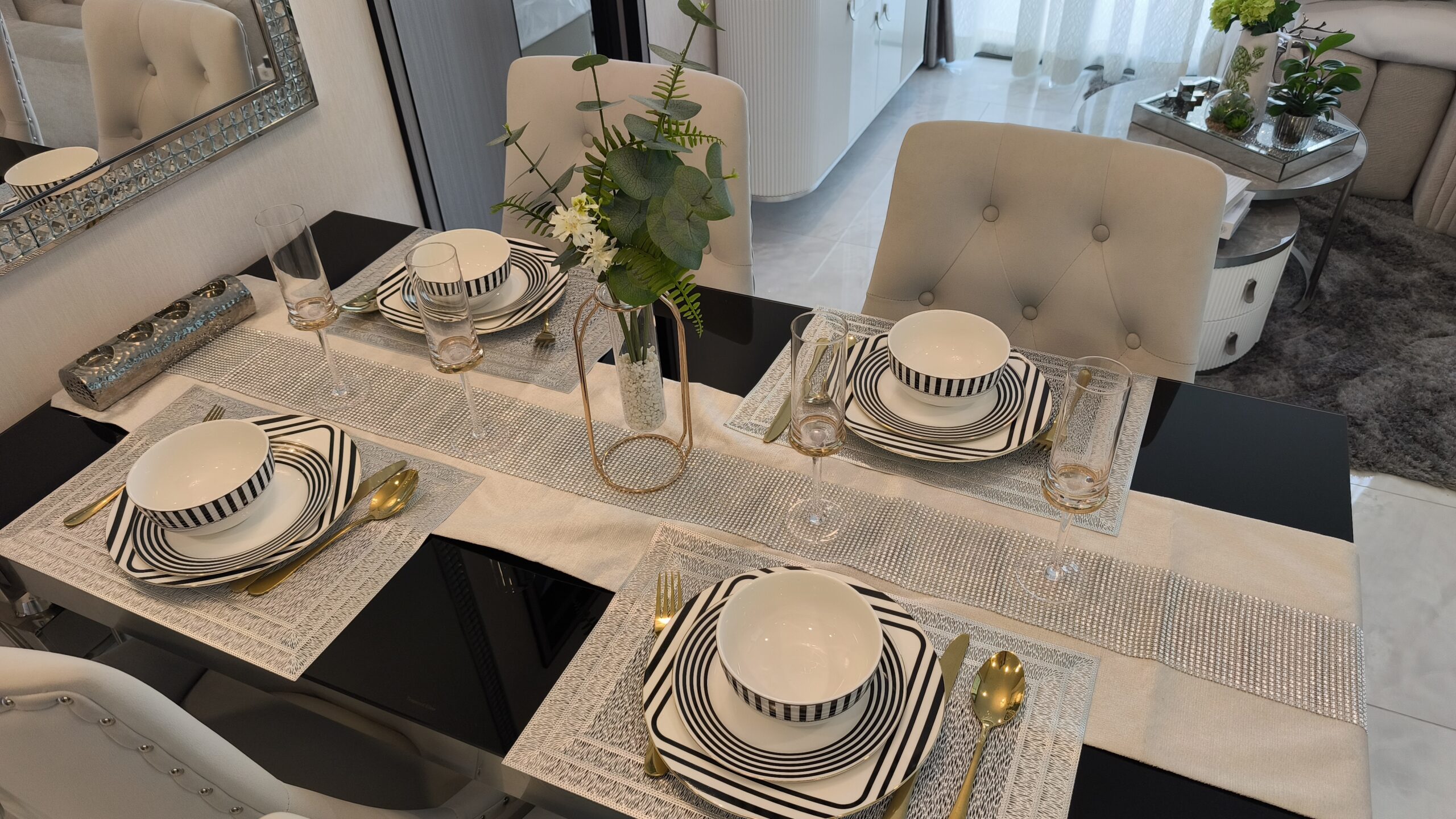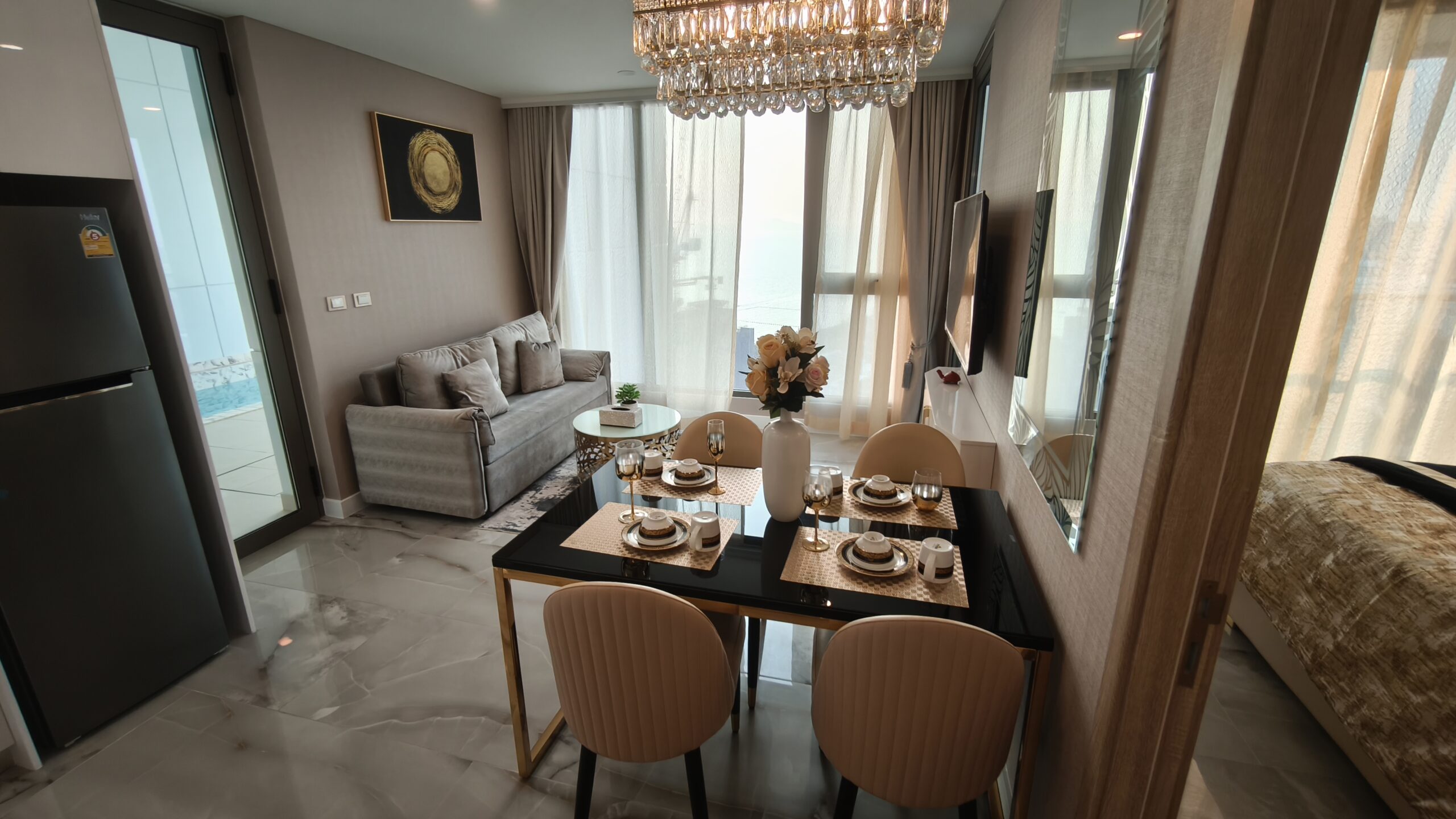
Thailand’s interior design trends in 2025 showcase a dynamic blend of traditional Thai culture and contemporary global influences. This year, the industry prioritizes sustainability, functionality, and aesthetic uniqueness, making eco-conscious and adaptable living spaces more desirable than ever.
Interior design trends in Thailand 2025 emphasize a shift toward environmentally friendly materials and smart technologies. Homeowners and designers are embracing innovative solutions that integrate both style and sustainability, ensuring spaces that are both beautiful and practical.
1. Sustainability and Eco-Friendly Interior Design Trends in Thailand 2025
Sustainability is at the forefront of Thai interior design. Eco-friendly materials such as bamboo, reclaimed wood, and natural fibers are increasingly popular. Smart home technologies, including energy-efficient lighting and climate control systems, enhance both sustainability and convenience, reducing environmental impact while improving quality of life.

2. Industrial Chic and Modern Minimalism
Industrial aesthetics, characterized by exposed brick walls, metal fixtures, and rustic flooring, remain trendy. When combined with modern minimalism, these elements create sleek yet functional spaces. The use of bold colors and geometric patterns adds vibrancy, ensuring a balance between simplicity and creativity.
3. Tropical Oasis and Indoor Greenery in Interior Design Trends in Thailand 2025
Thailand’s tropical climate inspires the integration of lush greenery into interiors. Hanging plants, vertical gardens, and indoor trees transform spaces into serene, nature-infused retreats. These features not only enhance visual appeal but also promote well-being by improving air quality and fostering relaxation.

4. Art Deco Glamour and Thai Cultural Influences
Art Deco elements are making a resurgence, bringing luxurious materials, intricate patterns, and opulent lighting into contemporary spaces. This trend is often paired with traditional Thai aesthetics, such as handcrafted textiles and religious artwork, creating a unique blend of heritage and modernity.
5. Global Influences: Biophilic Design and Curved Shapes in Interior Design Trends in Thailand 2025
Biophilic design, which emphasizes a deep connection between indoor spaces and nature, is increasingly prominent in Thai homes. Organic materials, large windows for natural light, and water features are common. Additionally, curved furniture and rounded architectural elements introduce a sense of softness and fluidity, fostering a warm and inviting atmosphere.

6. Adaptability and Multi-Functional Spaces in Interior Design
With urban living spaces becoming smaller, adaptability is key. Multi-functional furniture, modular layouts, and convertible rooms optimize available space without compromising aesthetics. Home offices, foldable partitions, and hidden storage solutions are essential features in modern Thai interiors.
Conclusion
Thailand’s interior design trends in 2025 embrace sustainability, cultural fusion, and functionality. Whether through industrial chic, tropical aesthetics, or global design influences, Thai interiors are evolving to be both visually stunning and environmentally responsible. As the industry continues to innovate, these trends will shape the future of interior design in Thailand.


